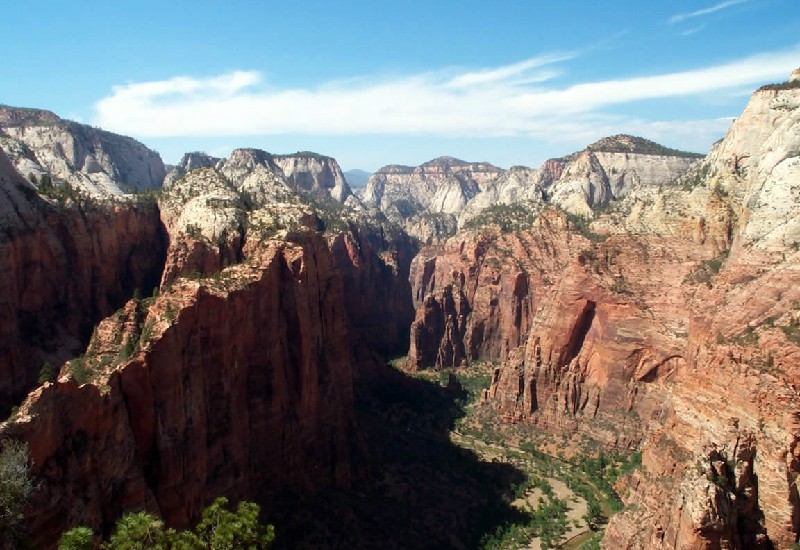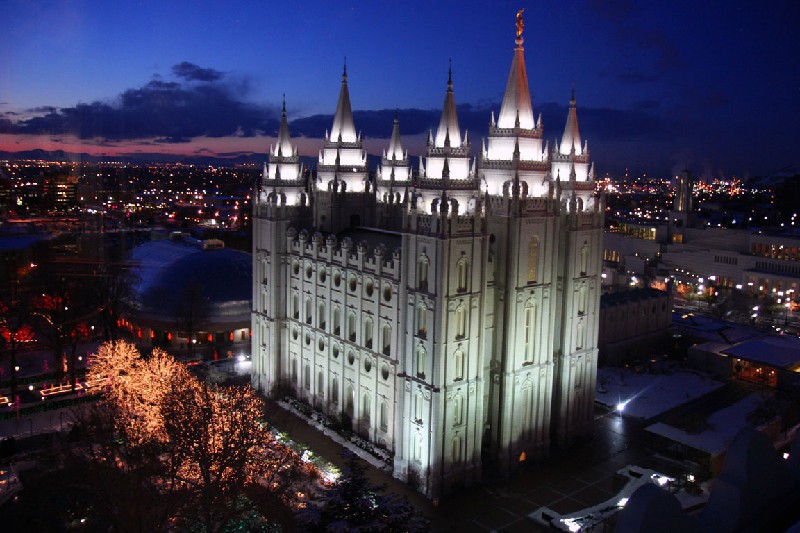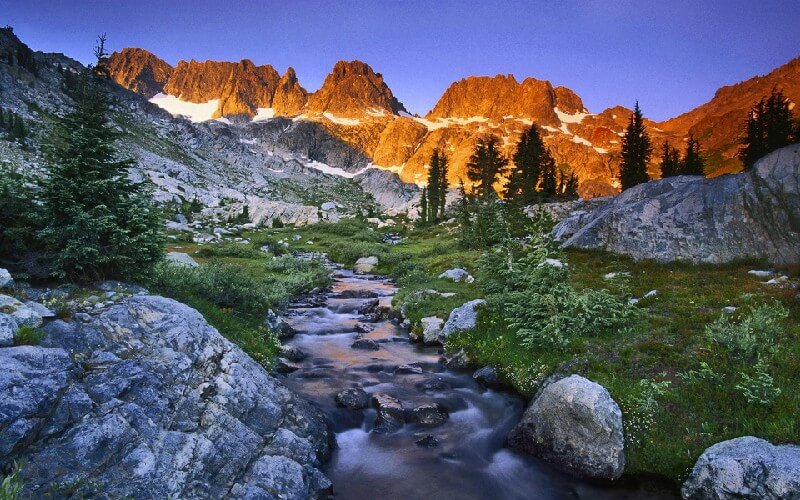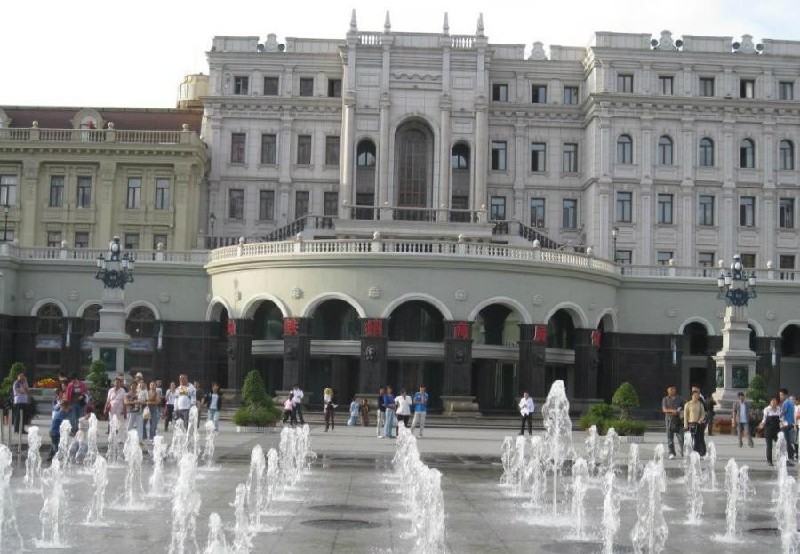Geography and Climate in Utah
Rating: 8,2/10 (4631 votes)  Unusual for a European person and incredibly picturesque American state of Utah is located in the middle of spacious mountain plateaus and rocky mountain ledges. An incredible number of attractions, magnificent inimitable views of the surroundings, unique rare nature, many natural contrasts and a charming atmosphere - all this gives rise to the place where you want to come, where tourists are attracted with great force. Every year, Utah is visited by an increasing number of foreign visitors and tourists. The name of the state comes from the name of the Utah tribe, and the words in their language mean"mountain people" The capital of the state is the city of Salt Lake City, named after the nearby important regional landmark - Salt Lake. You can get to Utah from Russia only by plane, at the same time, the price of air tickets is quite tolerable, but not very low. The cost may vary from the selected airline, as well as from points of departure and arrival and some other factors. There are 31 airports in Utah. The only international airport of all is Salt Lake City Intl Airport located in the capital. It is from here that all flights to the largest cities in Canada, Mexico, USA, France and other countries are made. Some of the largest are Saint George Municipal Airport, located in St. George, Canyonlands Field, located in Moab, Vernal Airport, found in Vernal, and Cedar City Airport, located in Cedar City. It is possible to get from the capital airport to the city of destination by intercity airplane, as well as by train or bus. Fares will depend on the final destination. Nearly 80% of the state's population lives in the Wasatch Ridge area, and most of Utah is vast uninhabited areas. The average population density of Utah is 10.5 people per square kilometer, which is the 41st place on the lists of the United States. Since Utah is located in the rain line of the Sierra Nevada, the climate here is predominantly steppe. deserted. In the summer, the southern and eastern parts of the state are located on the path of the monsoon, which is at this time from the Gulf of California. The driest place here is the Great Salt Lake Desert. Snowfalls occur in most regions of the state, with the exception of hot southern regions. At the same time, hot dry summers and cold winters are typical for most of the area. Although Utah is reliably protected from mountain cold air currents, the air masses of the Arctic sometimes reach its territory. In winter, air temperatures range from -10 ° C in the north to +13 ° C in warmer regions such as St. George. In summer, the temperature ranges from + 29 ° C to + 38 ° C. Such an extraordinary variety of resort areas, landscapes, cities with a long history makes Utah one of the most popular tourist regions in the country. Time in Utah is 10 hours behind Moscow time. We also recommend reading Geography and Climate of San Diego Topic: Geography and Climate in Utah. |




